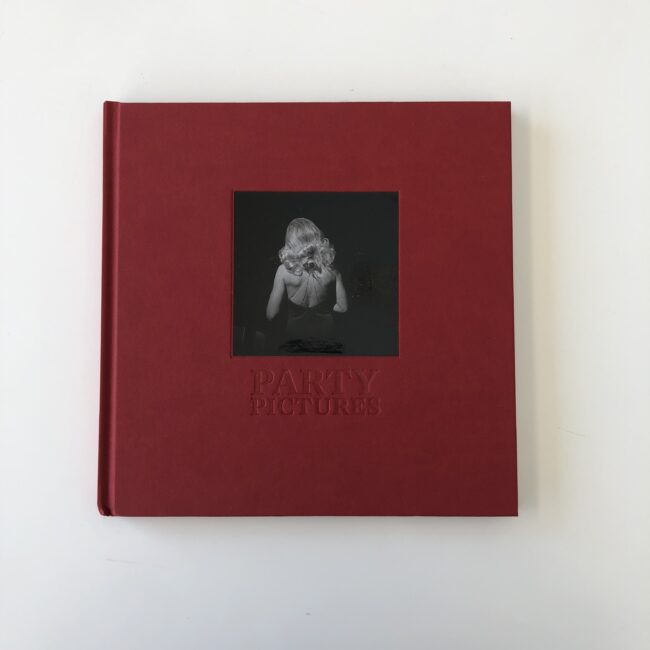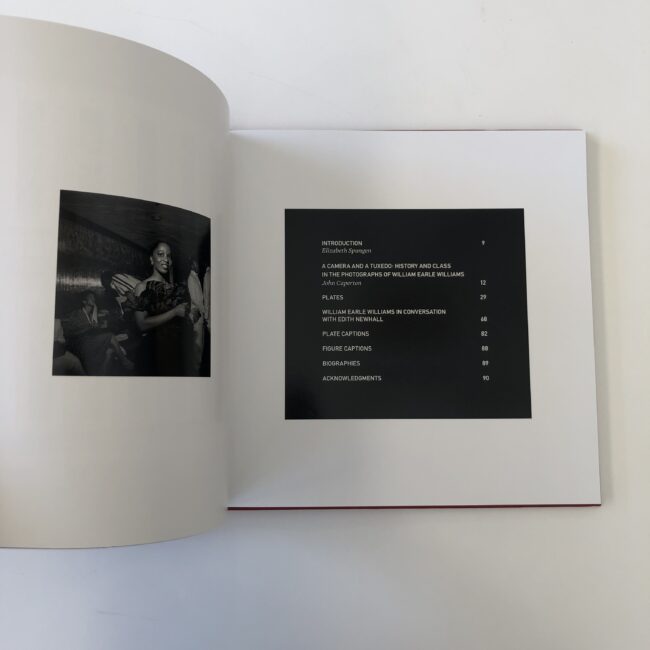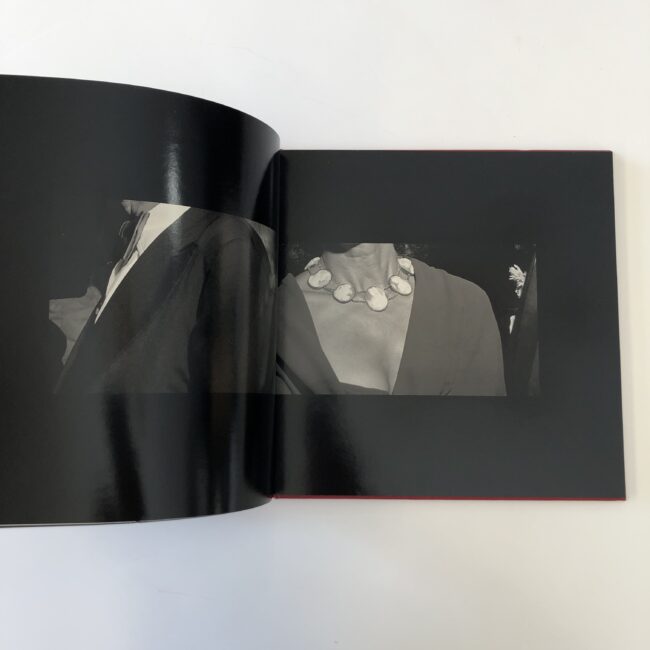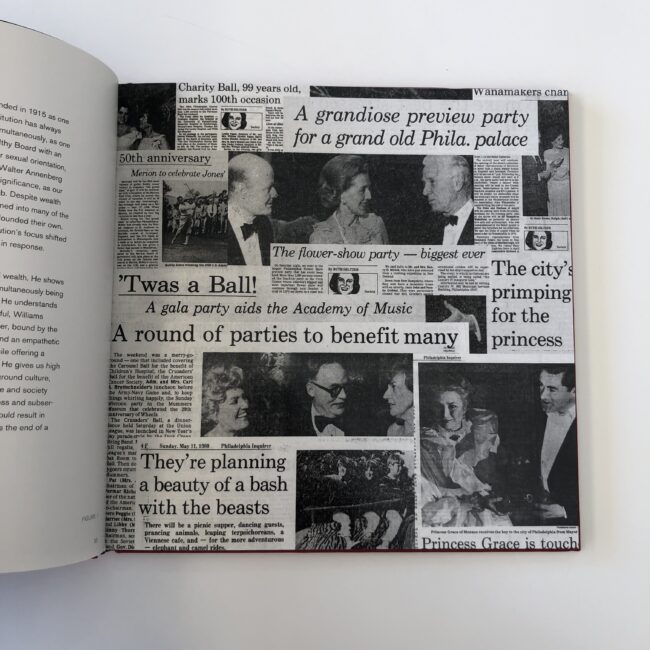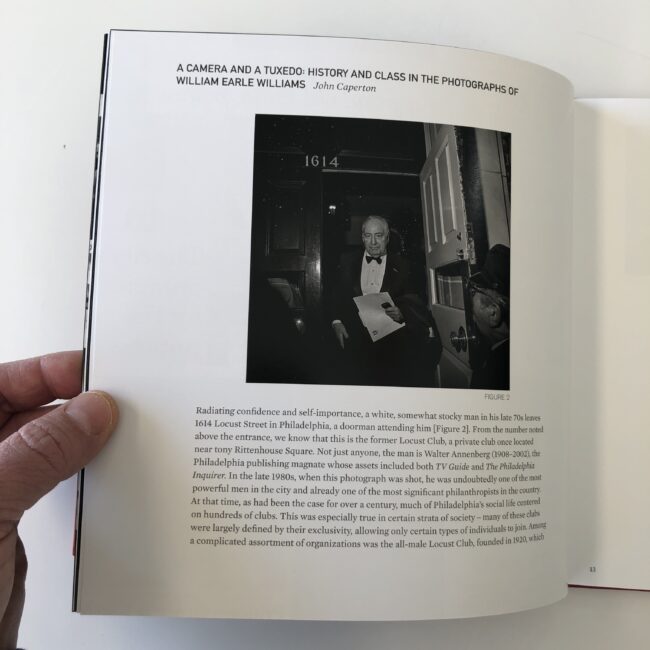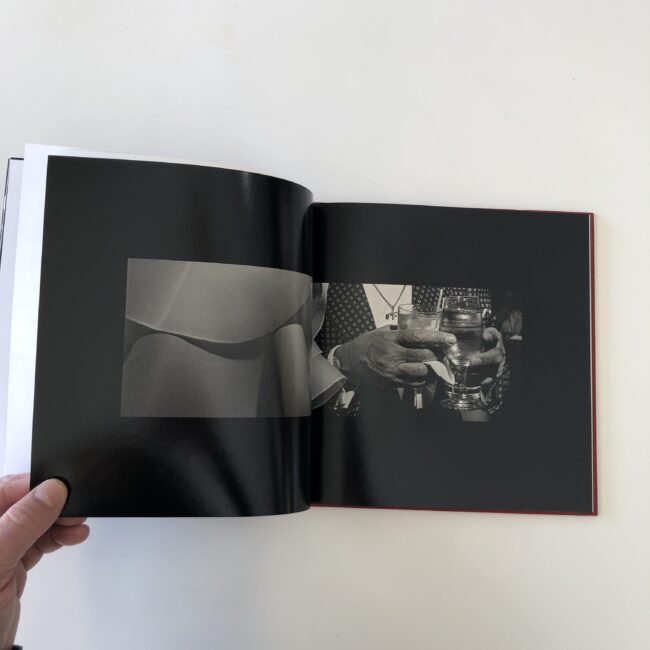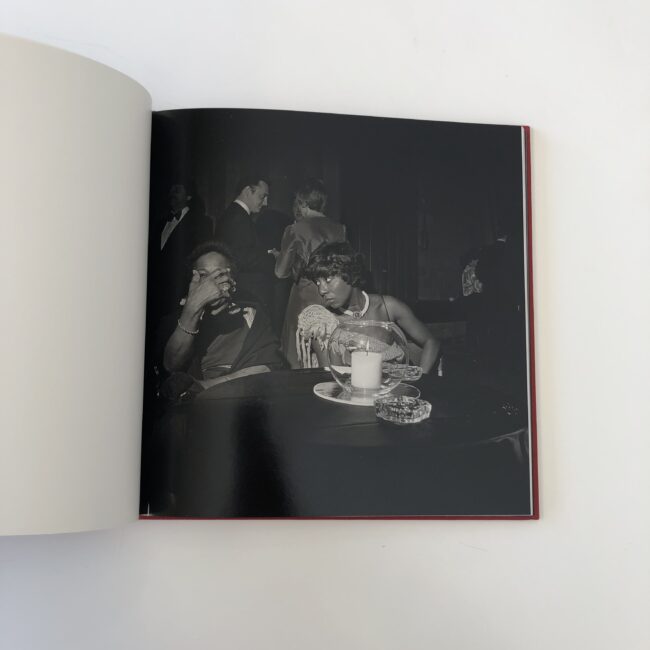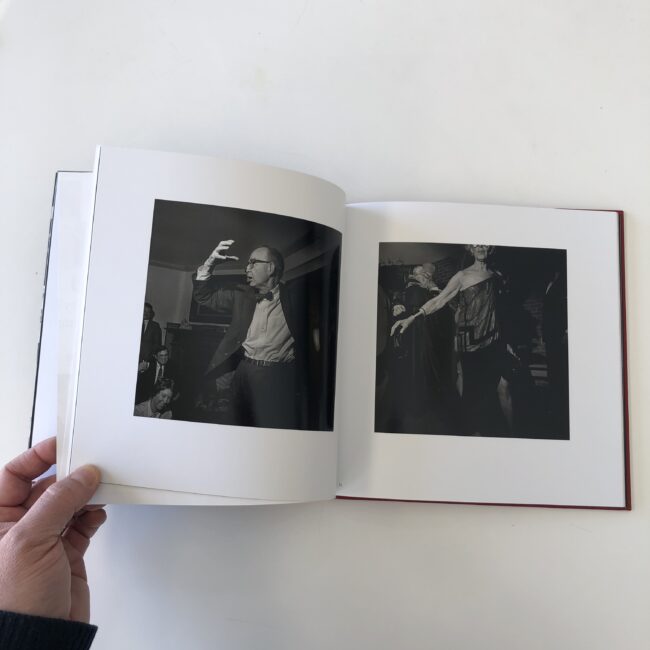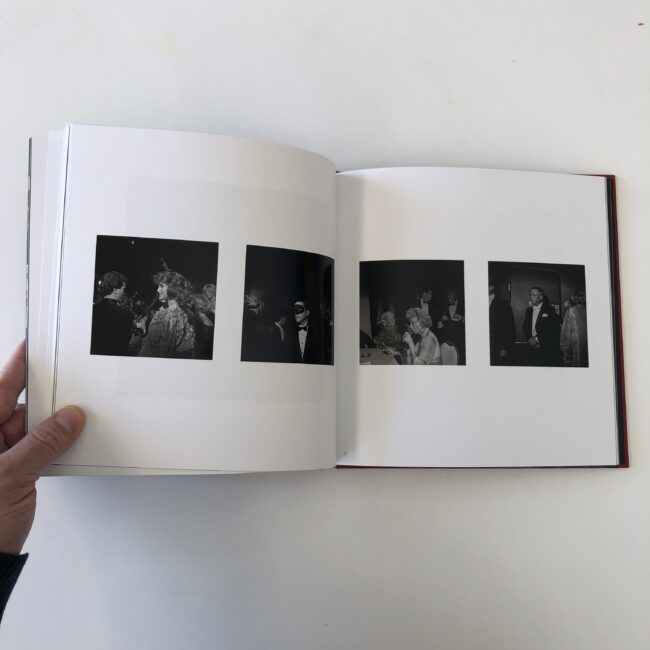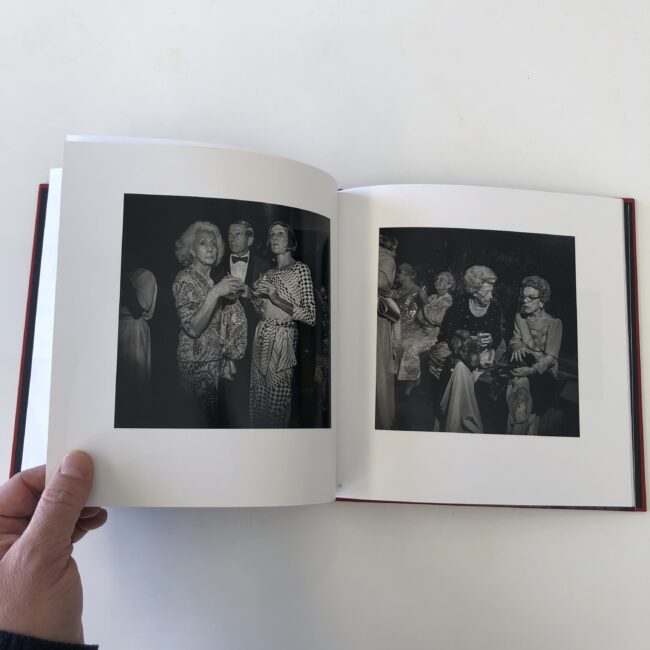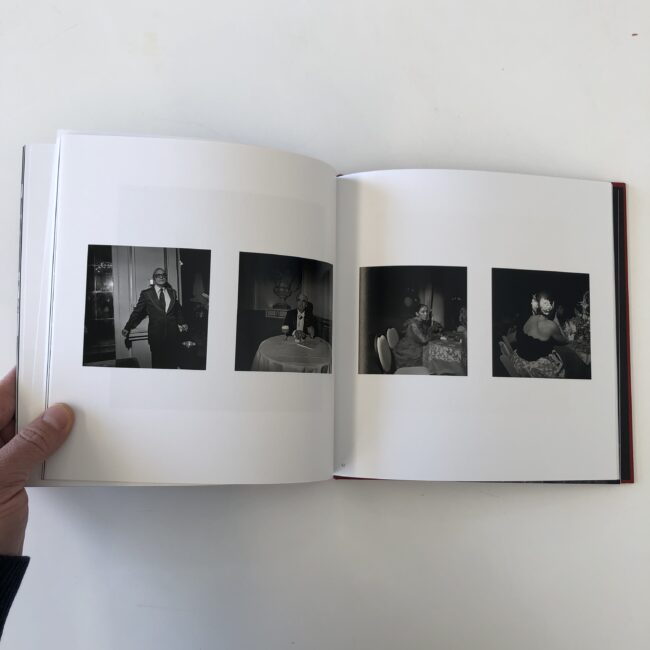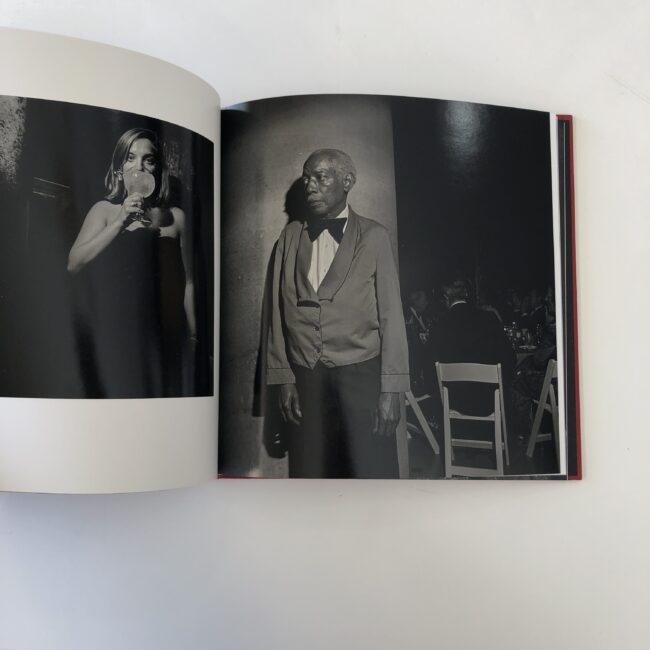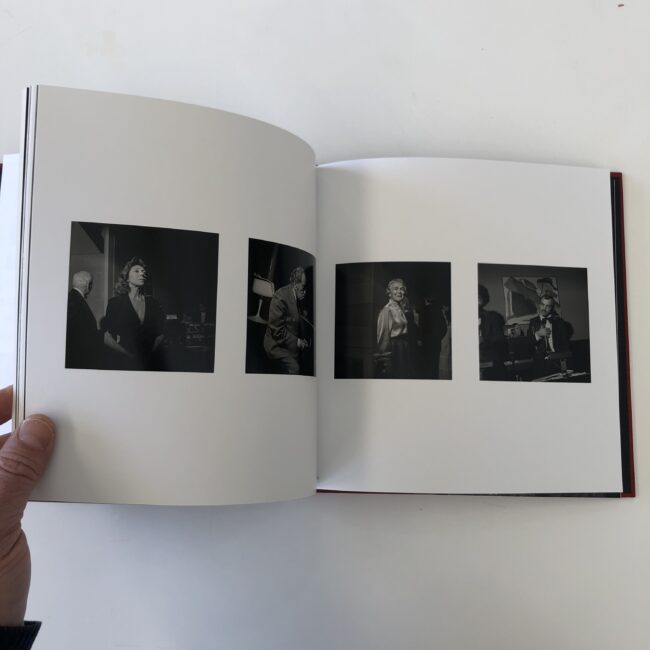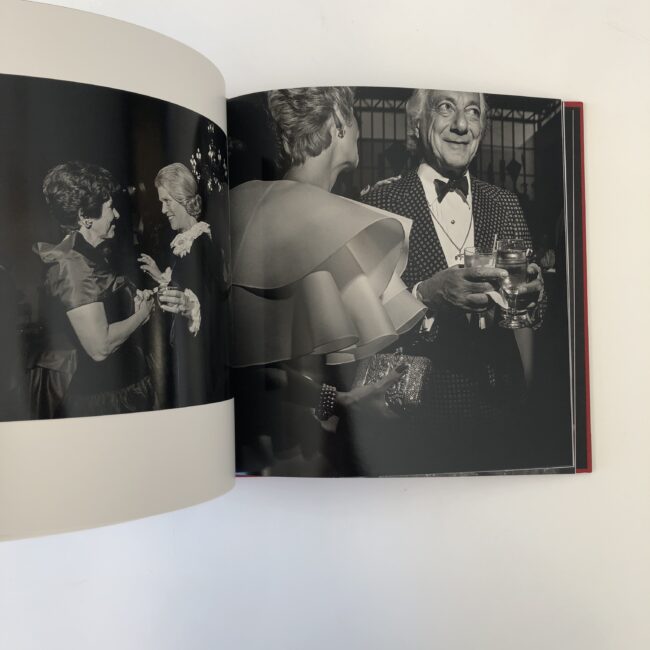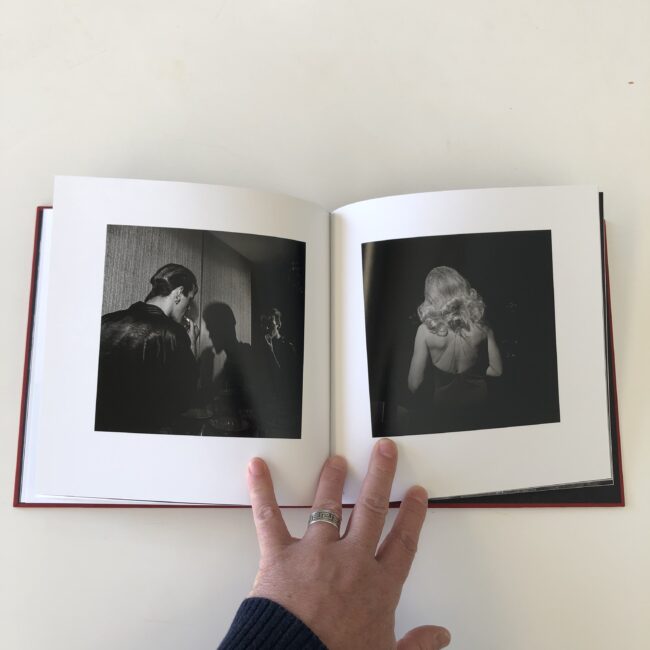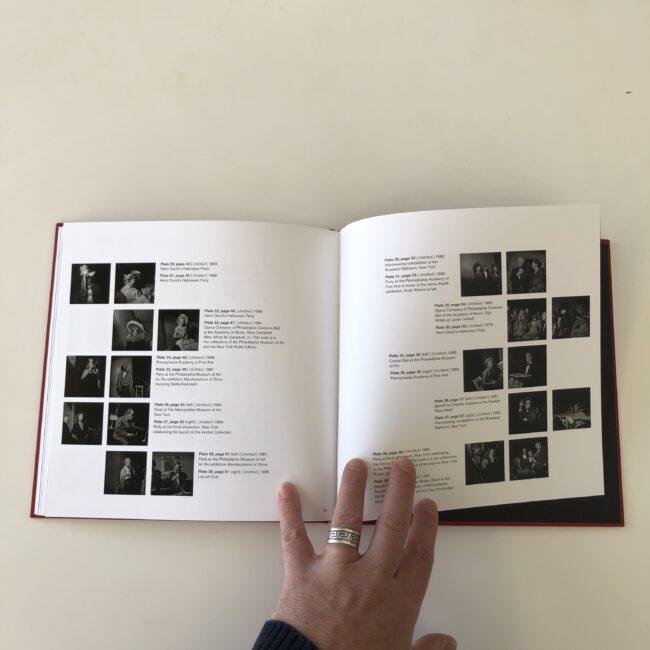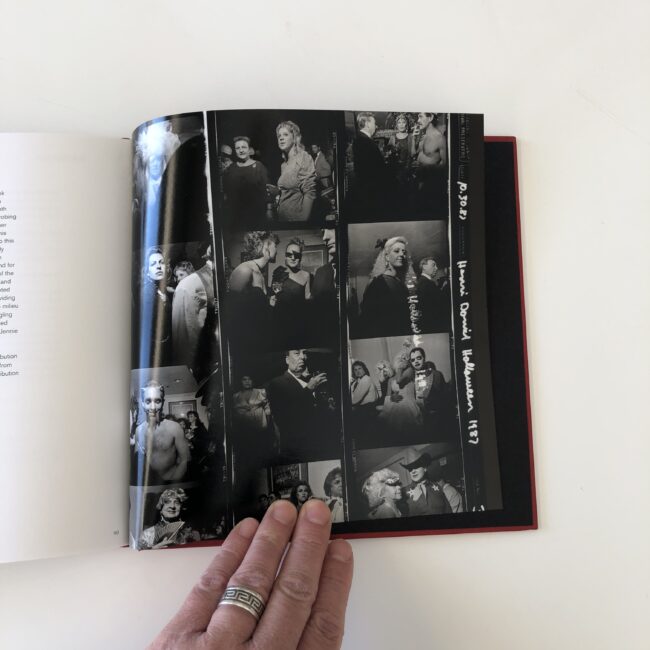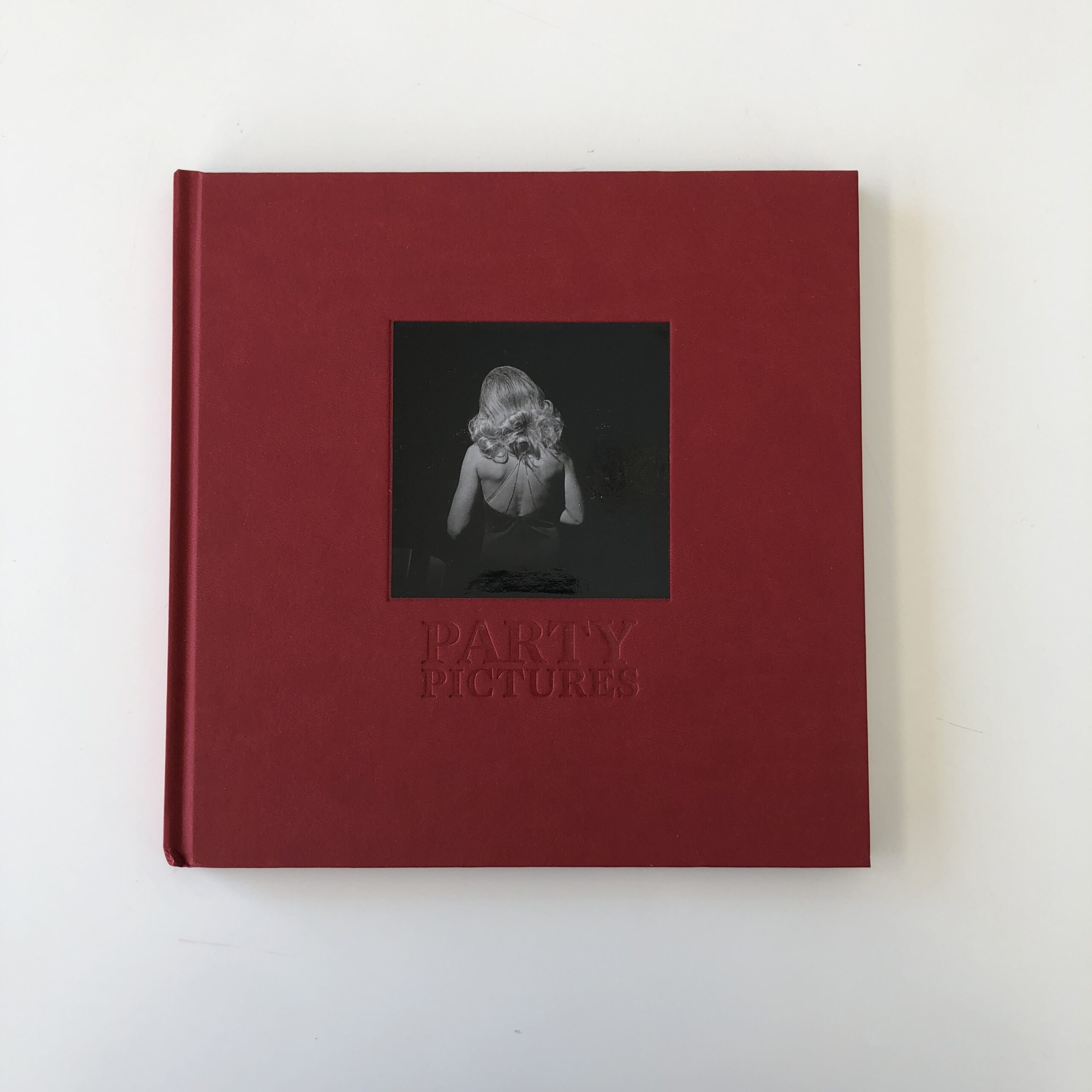
Dave Chappelle had a crazy skit.
(On the seminal, brilliant, early-aughts “Chappelle’s Show.”)
It was called, “When ‘Keeping It Real’ Goes Wrong.”
Man, was it twisted.
The gist is, sometimes you dig yourself in so deep, worrying about how you’re perceived, protecting your rep, that you can go down with the ship, rather than saving your skin.
(Or so I recall. I’m posting a Youtube clip here.)
The skit pops into my mind, because Dave has been in the news again recently, this time threatening to remove $65 million in proposed investments, from the Ohio town in which he lives, because he was opposed to the low-income portion of an impending housing project.
Was it really that it was going to be near his backyard?
Overall, just a bad look, and another picked battle against groups he could just as easily support, if he were still cool.
(Like the trans community. Give it a rest trolling them, please, Dave.)
Still, a buddy recommended I watch Dave’s most recent Netflix comedy special, so I could see what all the fuss was about.
(I haven’t done it yet, because I just remembered the suggestion now, as I was typing.)
The same friend told me to watch the Italian mafia show “Gomorrah,” since I was re-watching “The Sopranos,” and he thought the former show to be superior.
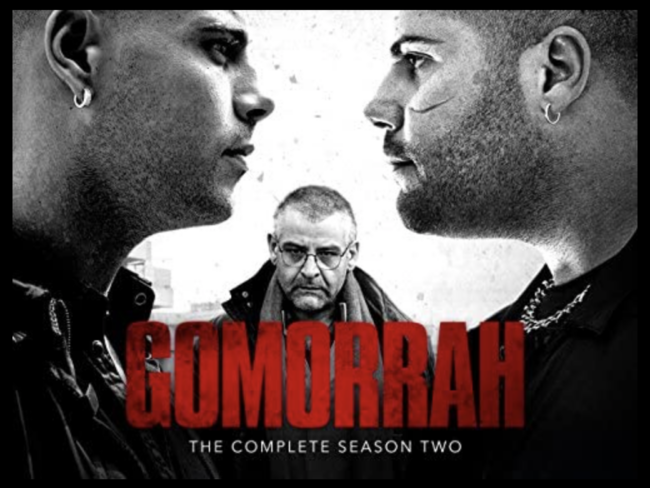
Speaking of superior, that was the attitude I took with him, in our conversation.
“How could ‘The Sopranos’ not be better? It’s art! One of the best shows ever!”
Mea culpa.
I already sent the apology text, as “Gomorrah,” set in Napoli, (where I once got robbed,) is flat-out-dynamite.
Gripping stuff.
My buddy had implied characters on “The Sopranos” were really caricatures, over-acted or under-acted parts that conform to our stereotypical beliefs.
The killers in “Gomorrah” are more clearly anti-social, but also victims of larger cultural circumstances.
The life is both more brutal, and less glamorized, if that makes sense.
This friend was always telling me the guys he grew up with, in a Mafia neighborhood, were proper hard men.
And that’s how these dudes roll in the Camorra, if this show is to be believed.
They “Keep it Real” for sure.
The subject’s been coming up a lot for me lately.
Just a few weeks ago, my son began making Hip Hop music on the app Rap Chat, and his younger sister followed.
At this point, the stuff he’s recording is pretty amazing, and I say that as an honest critic.
He wanted feedback, and I gave it, because a couple of his early efforts, (after a charming breakthrough song,) were seemingly written by another person.
Theo rapped about things that were simply untrue, and touched on inappropriate subjects, which did not come from his own life.
(Misogyny, drugs, sex, violence, guns, threatening boasts.)
He wanted my honest advice, so I told him to “Keep It Real.”
Write about your life.
Who you are.
What you know.
While plenty of artists did live “that” life, slinging, from NWA through Biggie, Jay Z and Migos, that was not Theo, and never would be.
He took the advice to heart, and ran with it.
So here’s a shout out to his new song.
He earned it, by being self-reflective, taking criticism, and then working hard on his craft, 7 days a week, since he discovered the passion.
When you find your voice, in art, it can come in an instant, or in a slower gurgle.
Speaking of “Keeping It Real,” this morning, as I was groaning about being super-brain-fried, Jessie joked I should “Keep It Real.”
Just review a good book; one that didn’t need me to say anything at all.
For something new, just go with:
“Here’s a good book.
Enjoy!”
(I mean, there’s a first time for everything.)
Imagine me, doing a simple, short article and leaving the book to speak for itself?
I grabbed a book from March 2021, assuming it was about as old as I’ve got in the stack, and sure enough, it connected directly to last week’s column.
(I had no idea what it was about, so it’s just good luck.)
Thankfully, I unboxed “Party Pictures,” a terrific 2020 production, featuring a lesser-known series by long-time Philadelphia artist, and college professor William Earle Williams, published in honor of a solo exhibition he had at The Print Center back in 2011.
I was unfamiliar with the work, but the book offered context right away, both with a compact, well-written, info-dense opening statement by Print Center ED Elizabeth Spungen, and then a longer, academic-style-essay by John Caperton, who’d curated the 2011 exhibition.
The reading set the scene, and also gave historical info about William Earle Williams, as he was a history major in college, who then went on to get an MFA at Yale, upon the advice of his one-time friend Walker Evans.
If ever there were a book to present, without all the bells and whistles of my review style, this would be the one.
The pictures are great.
The cover is gorgeous, and the writings set up the awesome plates.
Who wouldn’t be fascinated, in 2022, by a stark, contrasty set of images of Philadelphia, Main Line, Blue Blood, old-money-high-society-types, at the apex of their power, in the 70’s and 80’s?
(All made by a young, Black photographer wearing a tuxedo.)
The artist set up a long-term project by sending out introduction letters, getting offers to photograph the parties, and then tracking the scene through the society page in the newspapers, so he’d know where to turn up.
Some affairs crossed cultural lines, but most did not.
Is that Frank Sinatra?
Brooke Shields?
Andy Warhol?
Yes, yes, and yes.
As to the connection to last week’s review, the opening text tells us Philly had, and has, a long history of private clubs, and The Print Center, in fact, used to be The Print Club.
Some were anti-Semitic, so Philly news magnate Walter Annenberg, and his buddies, needed to open up their own clubs, having been rejected from others.
(My jaw dropped when I read it, as I was totally happy to let last week’s issues drop. And then the NYT came out with its own Jewish-cultural-critic-takes-on-anti-Semitism article! )
That said, after the writing, and the well-constructed images, there is also the design to note, as the photos change size, and some layouts create a sense of movement by using repetition.
The end brings us an informative Q&A between the artist and Edith Newhall, a famed Philly art critic, which gives a sense of his personality, history, and connection to his forebears.
(William Earle Williams definitely comes across as a humble, cool guy.)
The caption pages at the back give additional context, (for those who care to keep reading,) and are organized by cute, little thumbnail photos.
What else is there to say?
I loved this book, and recommend it highly.
To purchase “Party Pictures” click here
If you’d like to submit a book for potential review, please email me at jonathanblaustein@gmail.com. We are particularly interested in books by artists of color, and female photographers, so we may maintain a balanced program. And please be advised, we currently have a significant backlog of books for review.
